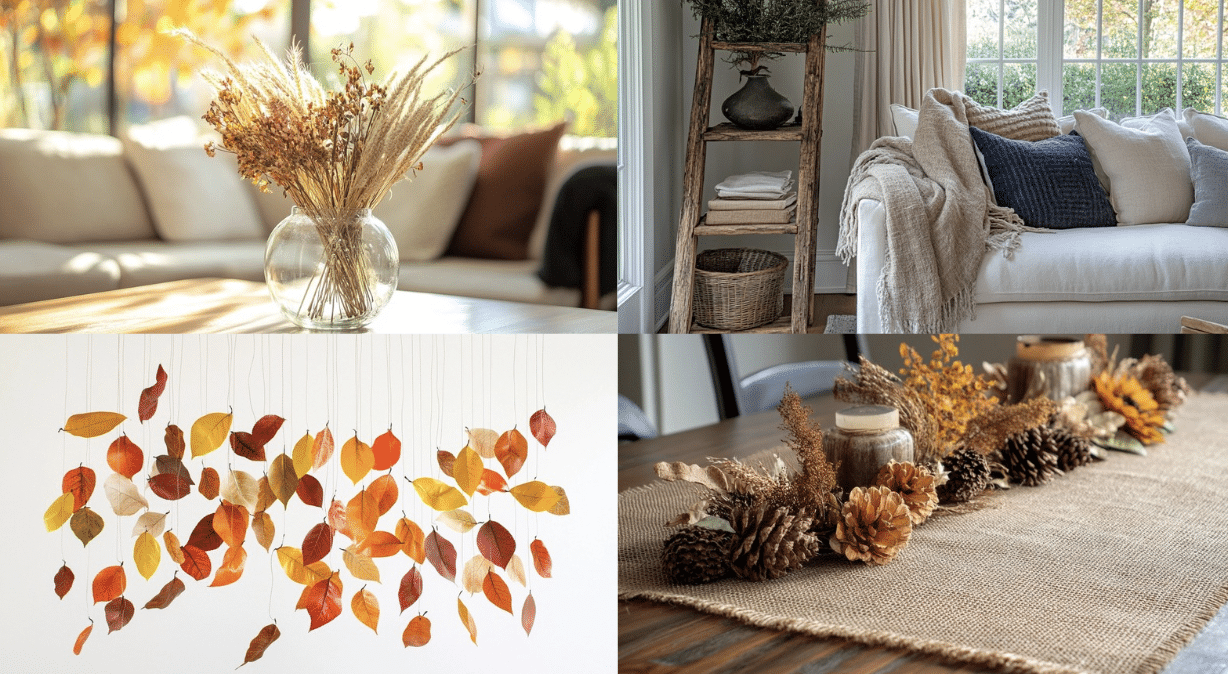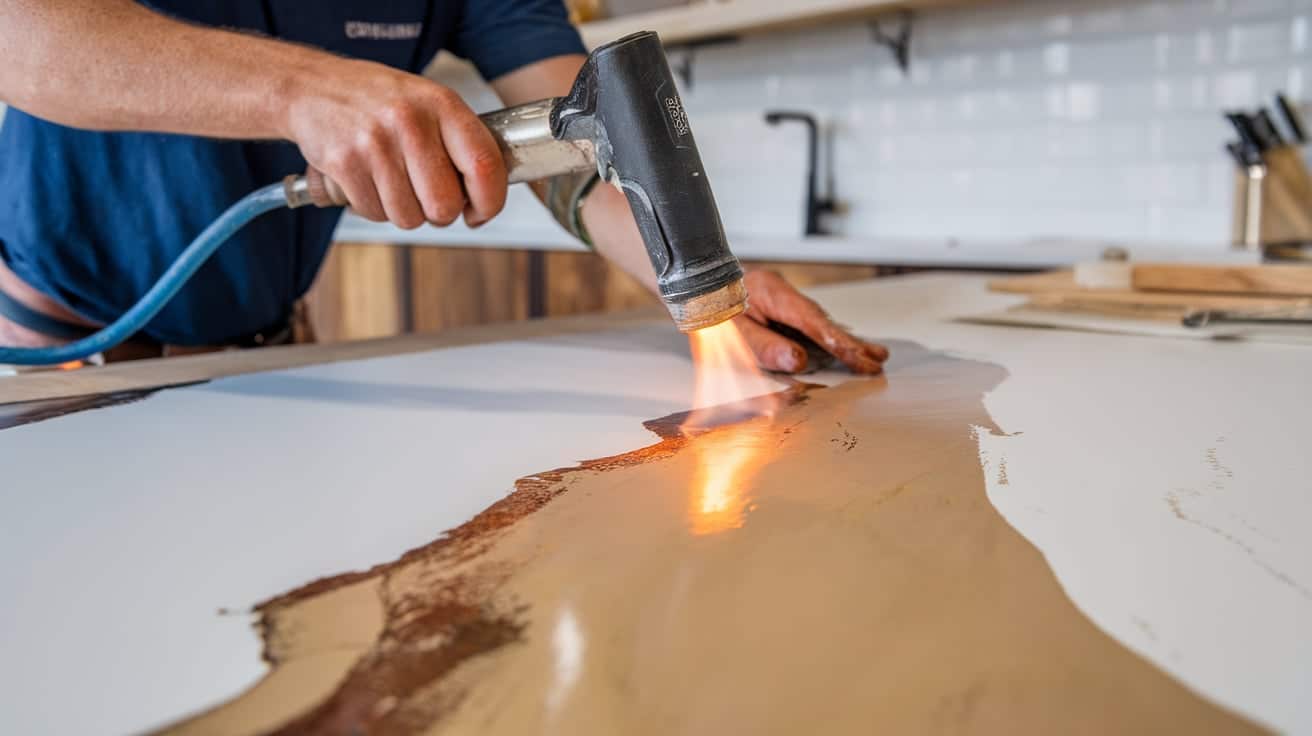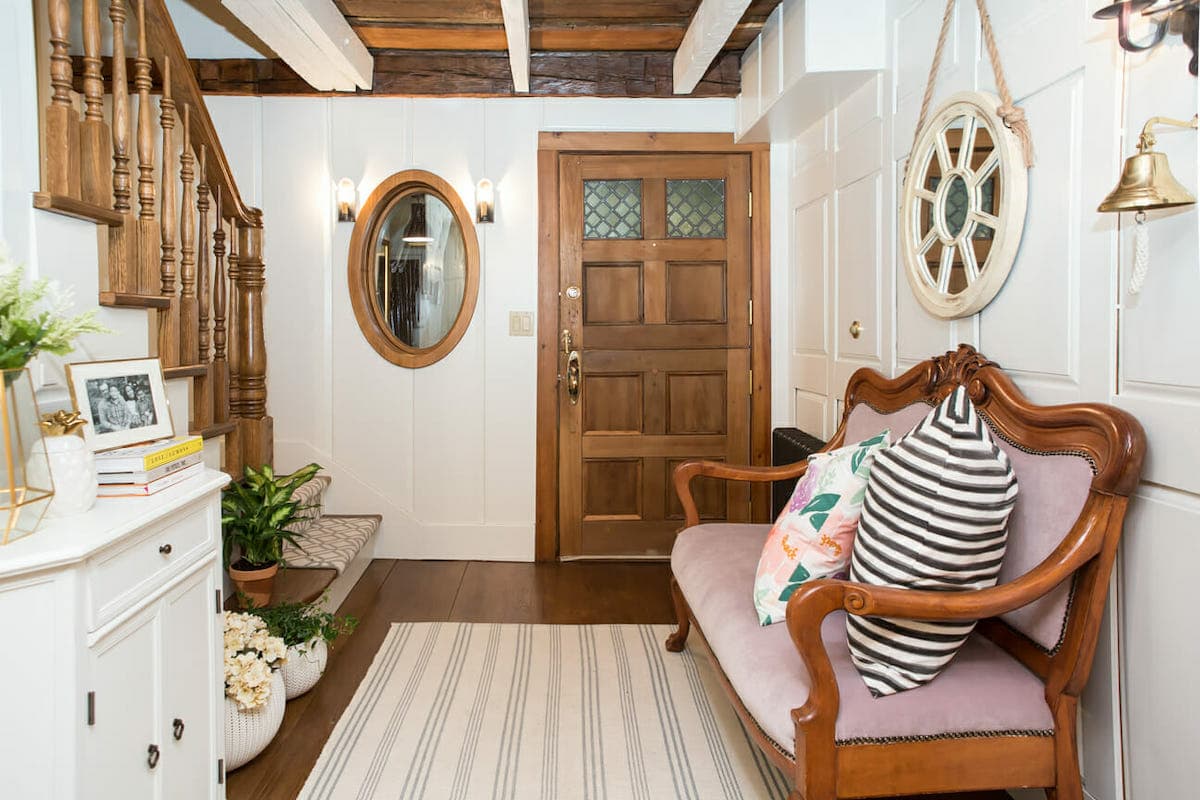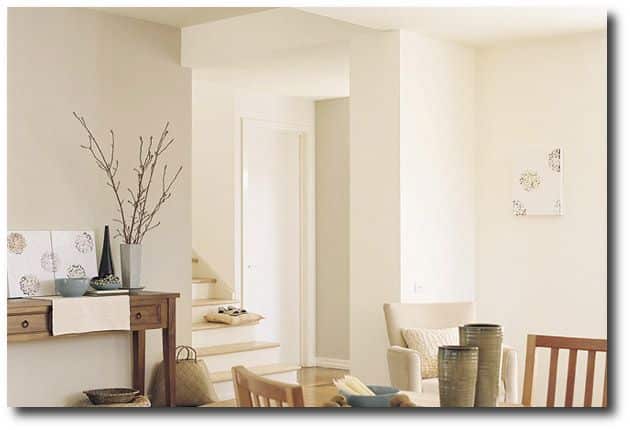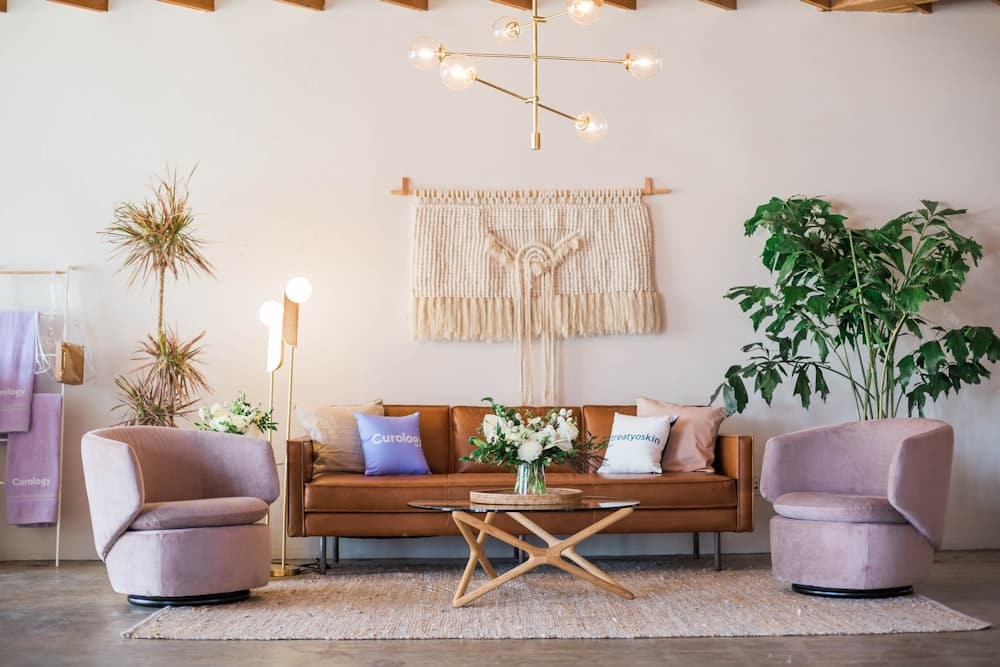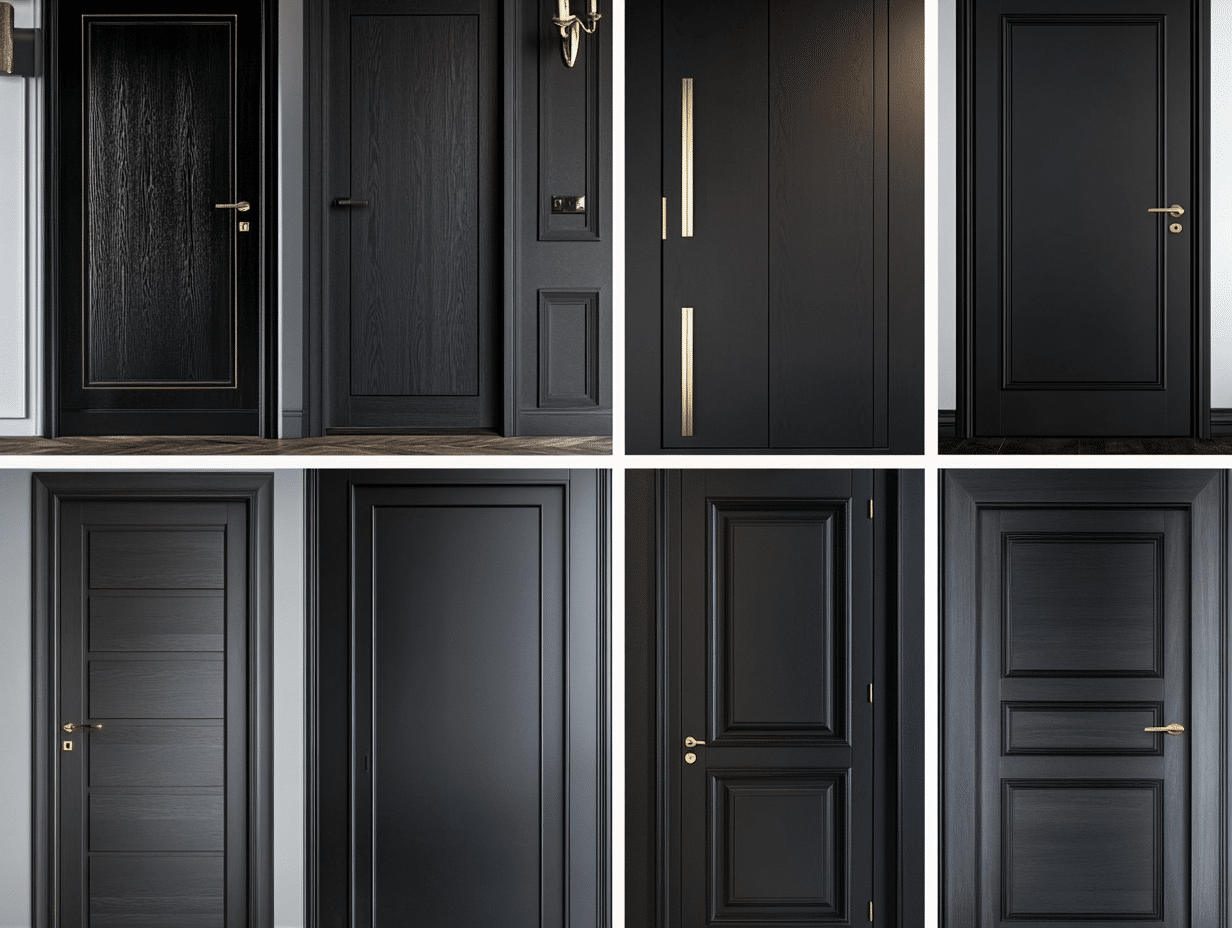How to Add Legs to Furniture?
If you want to give your old furniture a fresh and updated look, adding legs is an easy and affordable way to do it!
Whether it’s a coffee table, dresser or even a sofa, adding legs can change the whole feel of any piece of furniture. It’s a simple DIY project that doesn’t require a lot of tools or experience.
By swapping out the old base or adding legs to a piece that didn’t have any, you can make your furniture look more modern and stylish.
In this blog, we’ll show you exactly how to add legs to your furniture step by step. You’ll be able to transform any piece of furniture into something brand new in no time.
Why Add Legs to Furniture?
Adding legs to furniture is a simple way to give old pieces a new look. Here are a few reasons why you might want to try it:
- Modernize Your Furniture: Adding legs can instantly make your furniture look more modern and stylish. It gives your pieces a fresh look without having to buy new furniture.
- Create More Storage Space: When you add legs, your furniture is lifted off the ground, which creates extra space underneath. This makes cleaning easier and gives you more room for storage.
- Better Airflow: Furniture that sits directly on the ground can trap dust and dirt underneath. By adding legs, you allow better airflow under your furniture, which can help keep it cleaner.
- Change the Height: Adding legs can also change the height of your furniture, making it more comfortable or better suited to your space. If you want your table or couch to be taller or shorter, adjusting the legs can help.
In short, adding legs is a great way to breathe new life into your furniture, making it look better and function more efficiently in your home.
Choosing the Right Legs for Your Furniture
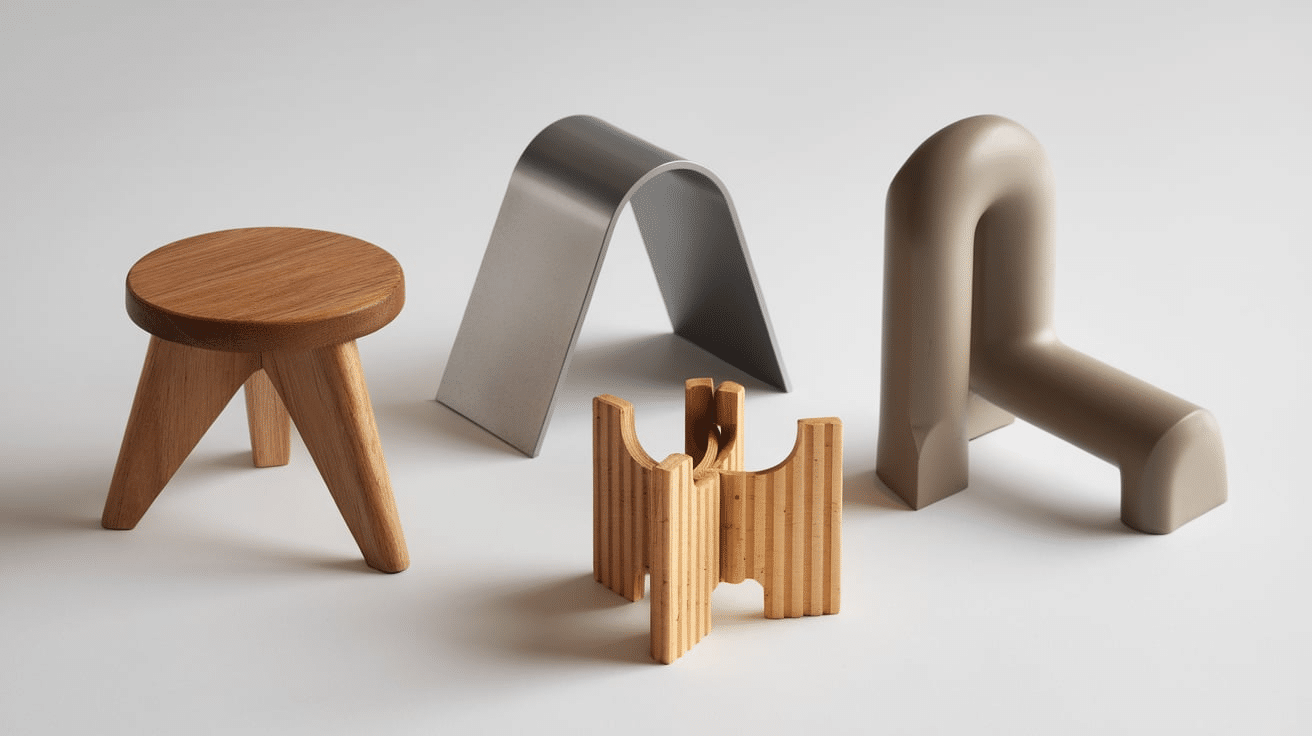
When it comes to choosing the right legs for your furniture, there are a few things to think about to make sure you get the best look and fit for your piece.
1. Style of Legs
Furniture legs come in many styles. If you want a modern look, go for sleek, straight legs. For a more traditional feel, choose legs that are curved or have a more detailed design. Consider the style of your existing furniture to pick legs that will match.
2. Material of Legs
Furniture legs can be made from wood, metal, or plastic. Wooden legs often give a warm, classic look, while metal legs can make your furniture look more industrial and modern. Think about what will match your room’s vibe and go with the piece of furniture you’re upgrading.
3. Size and Height
Make sure the legs you choose are the right size for your furniture. You want the piece to sit at a comfortable height, so measure how tall or short you want your furniture to be. If you’re adding legs to a low piece, make sure they’re tall enough to make a difference in appearance and comfort.
4. Strength and Weight
Some furniture is heavier than others, so choose legs that can handle the weight of your piece. For heavy furniture like a couch or large cabinet, go for strong metal or solid wood legs that can support it. For smaller furniture, any material should be able to hold up its weight.
5. Shape of the Legs
The shape of the legs can also effect the look of your furniture. Straight, square legs give a clean and modern look, while tapered or rounded legs might add some style. Choose a shape that matches your style and gives your furniture the look you want.
By choosing the right legs, you can completely change the look of your furniture while also making sure it’s practical and comfortable for your space. Take your time and pick what works best for your style and needs.
Materials and Tools Needed
- Furniture legs
- Screws
- Wooden blocks or brackets (optional)
- Furniture pads (optional)
- Measuring tape
- Drill
- Screwdriver
- Level
- Wood glue
Step-by-Step Instructions for Adding Legs
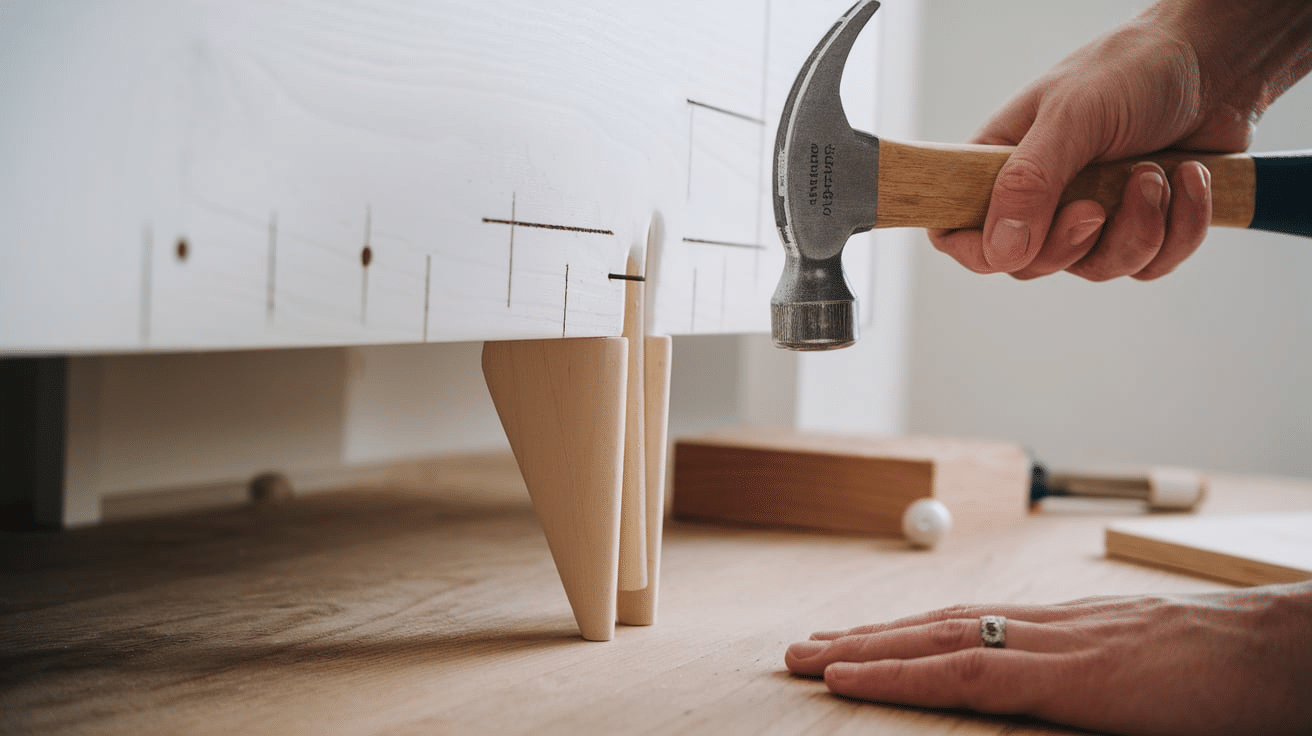
Adding legs to your furniture is a fun and simple project! Just follow these easy steps.
-
Measure and Mark Where the Legs Will Go: Start by measuring where you want to place the legs on your furniture. Use a measuring tape to find the spots and mark them lightly with a pencil. Make sure the legs will be evenly spaced.
-
Drill Holes for the Screws: Once your spots are marked, use a drill to make small pilot holes where you’ve marked. Be sure to drill straight into the furniture. If you’re using brackets or wooden blocks, attach them now with screws before drilling into them.
-
Attach the Legs: Take your legs and line them up with the holes you drilled. Insert the screws into the holes and tighten them with a screwdriver. If the legs are heavy, be sure to screw them in tightly to make sure they are secure.
-
Check for Stability: Once the legs are attached, use a level to make sure your furniture is sitting evenly. Adjust the legs if needed to ensure everything is straight.
-
Add Furniture Pads (Optional): To protect your floor, attach furniture pads to the bottom of the legs. These little pads will help prevent scratches and make it easier to move your furniture around.
How to Add Legs to Specific Types of Furniture
Adding legs to different types of furniture can be a little different, but the process is still simple! Here’s how to add legs to some common furniture pieces:
1. Adding Legs to a Coffee Table
- Measure and Mark: Start by measuring where you want to place the legs, usually at each corner of the table.
- Drill Holes: Drill pilot holes where you’ve marked.
- Attach Legs: Line up the legs with the holes and screw them in tightly.
- Check Stability: Use a level to make sure the table sits evenly and adjust the legs if needed.
2. Adding Legs to a Sofa or Couch
- Find the Right Legs: Some sofas have pre-drilled holes, while others might need additional support, like wooden blocks or metal brackets.
- Measure and Mark: Measure the placement of each leg carefully.
- Drill and Attach: Drill the holes and then attach the legs.
- Check for Balance: Make sure the couch is level and sits properly on the legs.
3. Adding Legs to a Dresser or Cabinet
- Remove the Old Base: If your dresser has a flat base, you may need to remove it or use a bracket to attach the legs.
- Measure and Mark: Mark where each leg will go, and make sure they’re evenly spaced.
- Drill Holes and Attach Legs: Drill holes and attach the legs with screws. If you’re adding heavy-duty legs, make sure to use extra support like metal brackets or wood blocks.
4. Adding Legs to a Bed Frame
- Choose the Right Height: For a bed frame, you want the legs to be sturdy and the right height to lift the bed off the floor.
- Drill Holes: If your bed frame doesn’t have legs already, mark and drill holes where the legs will go.
- Attach the Legs: Use screws to attach each leg securely.
- Check for Stability: Make sure the bed is stable and balanced.
Adding legs to any furniture piece can make it look fresh and new. Just follow these simple steps and enjoy your updated furniture!
Common Mistakes to Avoid
Here are a few mistakes to watch out for when adding legs to furniture:
- Not Measuring Right: Always measure carefully to make sure the legs are placed evenly.
- Choosing the Wrong Size Legs: Make sure the legs are the right height for your furniture.
- Not Drilling Pilot Holes: Always drill pilot holes to prevent splitting the wood.
- Skipping the Level Check: Use a level to ensure your furniture sits evenly after attaching the legs.
Avoid these mistakes to make sure your project goes smoothly!
Conclusion
Adding legs to your furniture is a simple and affordable way to give it a whole new look. Whether you want to update an old coffee table, dresser, or even a sofa, adding legs can make your furniture feel more modern and stylish.
It also gives your pieces extra height and can make them easier to clean underneath. By following the steps in this guide, you can transform your furniture without spending a lot of money.
Just remember to measure carefully, choose the right legs, and use the right tools to make sure everything is sturdy and balanced. With a little time and effort, you can create unique, custom furniture that perfectly fits your style.
Frequently Asked Questions
Will adding legs make my furniture more stable?
Yes, as long as the legs are the right size and securely attached, your furniture will be stable.
Do I need to remove the old base before adding legs?
If your furniture has a flat base, you might need to remove or adjust it before attaching the legs.
Can I paint or stain the legs?
Yes, you can paint or stain the legs to match your furniture style.
Can I use legs from a different piece of furniture?
Yes, as long as the legs fit and are sturdy enough for the new piece.
What if my furniture doesn’t have a flat base?
You can use brackets or wood blocks to create a stable surface for the legs.


